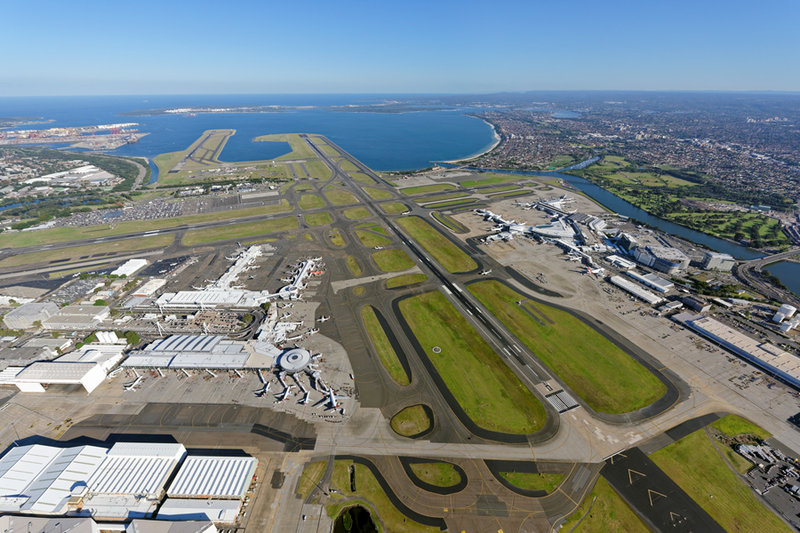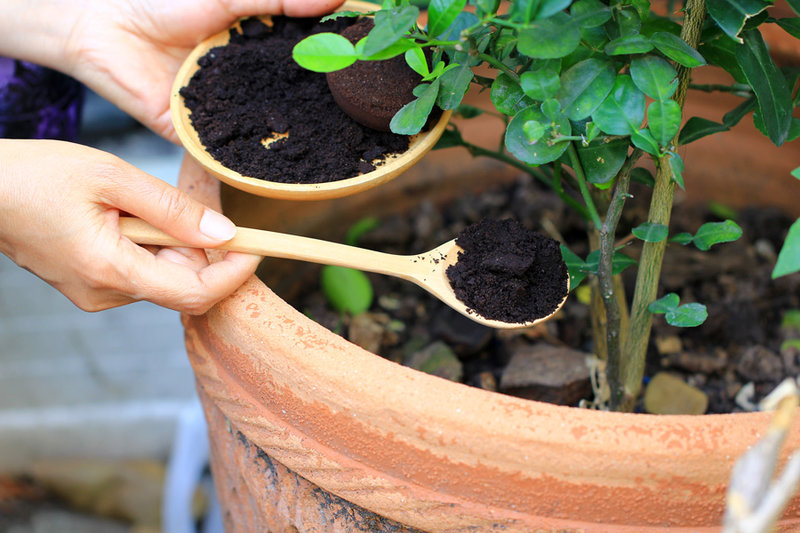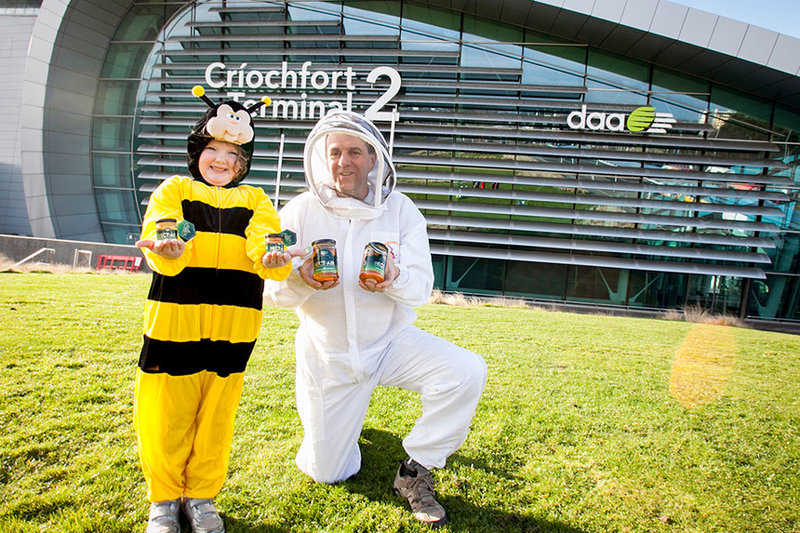At airports around the world, striking a balance between growth and sustainability is becoming increasingly challenging. According to the International Air Transport Association, the number of passengers transported by airlines will reach 8.2 billion globally by 2037, with a compound annual growth rate of 3.5%.
While major efforts to implement green measures will be required to achieve this balance - Oslo Airport’s BREEAM-rated new terminal and Denver Airport’s pioneering environmental management system offer two recent examples - smaller-scale ecological projects also have an important role to play in improving the industry’s standing.
Caption.
Image courtesy of
The Rockdale Wetland Corridor
In November, for example, Sydney Airport announced a new three-year project with Conservation Volunteers Australia (CVA) and Bayside Council in New South Wales, to revive a critically important habitat known as the Rockdale Wetland Corridor.
The Corridor, which stretches from the Cooks River in south-eastern Sydney to Sans Souci, a Sydney suburb, contains seven endangered ecological communities and 28 fauna species that are listed as threatened or migratory under state and federal legislation.
Over the years, the area has been badly affected by the dumping of building waste, windblown litter and flood events, uncontrolled access by vehicles and pedestrians and the infestation of noxious and environmental weeds, but continues to play an important role in the local community.

Image courtesy of
“Rockdale Wetland Corridor has an extensive network of walking and cycling trails that link numerous picnic areas, sporting fields and clubs, tennis courts and playgrounds,” says Louise Duff, program manager at the Wetlands Catchments and Coasts at Conservation Volunteers Australia.
“The reserves are popular areas for bird watching, bushwalking and nature study groups, as they are represent a very limited example of natural areas and wetland environments in the Bayside Council area.”
As a corporate sponsor, Sydney Airport is contributing “much needed” funds to the project, and is deploying its staff members to CVA community events, where they can receive direct, hands-on conversation experience.
“The airport’s contribution to conserving wetlands in their local area shows their commitment to being a responsible corporate citizen, contributing to land management in their local area in partnership with community groups and the local council,” says Duff.
The airport’s contribution shows their commitment to being a responsible corporate citizen
Recycled coffee grounds and homemade honey
At nearby Wellington Airport in New Zealand, a project was launched last January to turn roughly 18,000 kilos of leftover coffee grounds - the equivalent of four adult elephants - into premium compost. Profits raised from the compost are being used to support efforts for the prevention of suicide.
“So far it is working well and this initiative alongside others has seen Wellington Airport make steady progress towards reducing the waste we are sending to landfill,” said assistant facilities manager at Wellington Airport, Simon Hart.
Another recently announced project at Dublin Airport in Ireland involves honey from local bee hives sold at a restaurant in one of the airport’s terminals. The honey, known as Nect-Air, is sourced from four hives on airport-owned land that between them contain over 250,000 Irish dark native honeybees.

Image courtesy of
Introducing native Irish bees to the local Dublin Airport environment “helps biodiversity, as bees are essential pollinators,” the airport said in a press release, adding that the bees who live and work in the airport apiary feed on nearby wild plants such as clover, blackberry, bramble and hawthorn.
“We are very proud of this top-quality honey as it was produced on our own land and is testament to the fact that the air quality and surrounding vegetation at Dublin Airport is excellent for the bees to thrive,” added managing director Vincent Harrison.
Wellington Airport is working to turn 18,000 kilos of coffee grounds into premium compost
Galápagos Ecological Airport
Perhaps one of the most interesting airports currently supporting ecological initiatives is the Galápagos Ecological Airport on the Galapagos Islands, a province of Ecuador and a UNESCO World Heritage site that inspired Charles Darwin’s famous theory of evolution.
As well as being carbon neutral, the airport has an ongoing reforestation initiative in collaboration with the Galapagos National Park authorities. The project aims to reintroduce the island’s famous yellow iguana that was recently on the verge of extinction, and staff members regularly help clean local beaches and preserve the ecosystem by replanting endemic plants.
In a recent interview with the Airport Carbon Accreditation organisation, Galápagos Ecological Airport’s general manager Jorge Rosillo said “it wouldn’t be too big of a stretch to say that the entire staff of the airport is one big environmental team.”

Image courtesy of Dublin Airport
“There is a term here describing when people spontaneously organize themselves and start working besides their job duties on other initiatives – we call it minga (communal labor),” he said. “Our employees are very proud of the ecological status that our airport has taken on and engage eagerly in these so-called mingas.”
“In collaboration with the groups coming from Parque Nacional de Galápagos and the city of Santa Cruz, our staff is cleaning the beaches and working on the restoration and preservation of the environment around the airport. It has become an integral part of the culture of our airport.”
It is a mindset and approach that the wider airport industry would do well to consider as it continues to grow and expand in the coming years: “Caring for nature is a combined responsibility for all of us,” says Duff, of Conservation Volunteers Australia. “Governments, corporations, community groups and individuals.”
Caring for nature is a combined responsibility for all of us